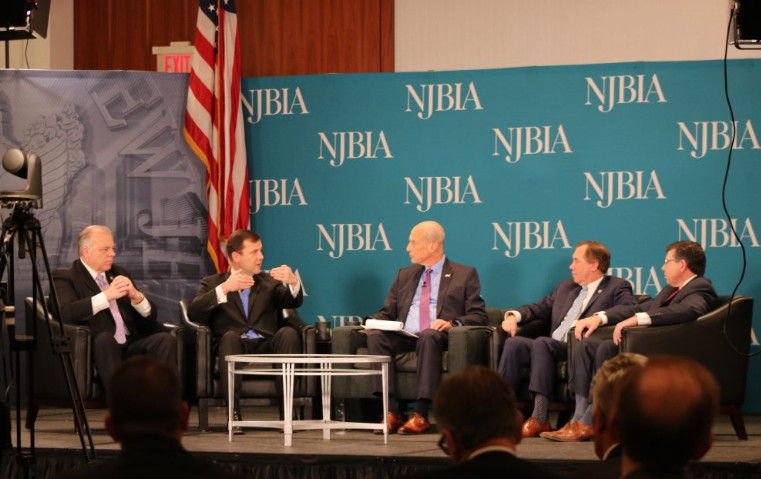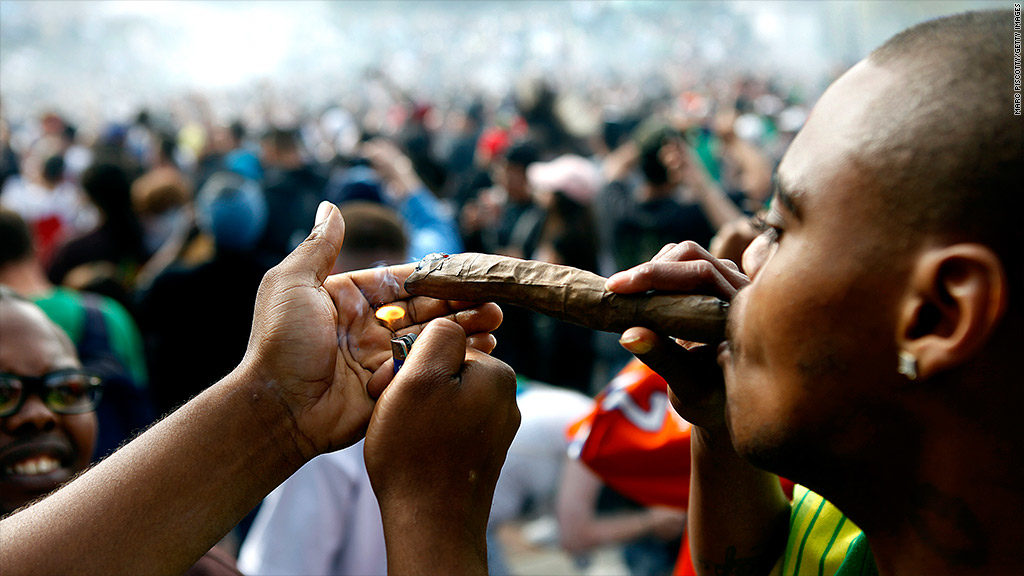Bihar is one of the poorest states in India: About one-third of the population is illiterate, the worst figure in the country, and the average worker makes a bit over $500 a year. It is the most densely populated state in India, yet the second-least urbanized. For decades it has been neglected by the central government, and a longstanding policy of state subsidies for the transportation of minerals, in effect from 1952 to 1993, ensured that the mineral-rich but undeveloped state could not compete with urban centers and trade hubs as the country industrialized. But lately things have begun to look up for Bihar. Households have begun spending more, buying motorcycles and electrical appliances more frequently, and consuming more food. Over the last six months, sales of cheese have doubled. A study of slum-dwellers in the impoverished capital of Patna found that domestic abuse has dropped by 87 percent. There has also been a reduction in robbery, assault, murders, and riots, and traffic fatalities have dropped by 10 percent. What happened? Bihar banned alcohol. The classic argument against Prohibition is that it just does not work. The term brings to mind speakeasies and gangsters; according to the popular narrative, people didn’t stop drinking alcohol when we banned its manufacture, transport, and sale in 1920, they simply stopped buying it legally. Gangsters waged war with each other on the streets of Chicago and New York while America ignored or circumvented the law and the Roaring Twenties roared on. But, as it turns out, people did stop drinking alcohol when it was banned. Study after study has found that rates of cirrhosis and public drunkenness decreased at a rate consistent with a substantial decrease in alcohol consumption — perhaps by almost half. As in Bihar, rates of domestic abuse and infant mortality dropped across America. It is worth recalling that Prohibition was not simply a strange, delayed product of Victorian prudishness: In both Bihar and 1910s America, the temperance movement was led by women who were furious that their husbands beat them, squandered paychecks on alcohol, and died young, leaving families unable to support themselves. Indeed, enforcement of the liquor ban in Bihar has largely been spearheaded by groups of women who descend on farmsteads and shops in large groups to seize bootleg liquor. (Different cultural attitudes toward enforcement of norms are probably one reason why Bihar is having an easier time than we did during Prohibition.) These twin examples offer some useful lessons, as America’s other great prohibition — the prohibition on marijuana — seems on its last legs. Popular wisdom on the prohibition of marijuana follows the popular wisdom on Prohibition: Marijuana isn’t so hard to obtain, after all, and, the reasoning goes, those who want to get high will find a way. Legalizing marijuana, then, will do nothing more than bring it out of the black market, make it subject to regulation, deprive drug dealers and criminals of a source of income, and offer a lucrative source of tax revenue to cash-strapped governments. The lesson from Bihar is that this almost certainly is not the case. Legalization may have many positive effects, but the notion that it won’t dramatically change the nature of marijuana consumption in America is unrealistic. There is an enormous difference between relying on a shady network of criminal suppliers for your high and walking down the street to a convenience store. And the comparisons with alcohol bans are probably even understating the case somewhat: Alcohol was far more central to life in 1910s America or contemporary north India than marijuana is to life in America today — most Americans, in fact, have never smoked a joint. And it is far harder to effectively prohibit something that has previously been legal, and is stocked in millions of households and shops, than something that was prohibited before its use became widespread. If prohibition of alcohol was more effective than many appreciate, prohibition of marijuana has probably been even more effective.
The bad argument for legalizing marijuana, then, is that it will merely make the illegal legal. When states legalize marijuana, they will almost certainly encourage large numbers of people to partake who otherwise would have never touched the substance. This is not something to be taken lightly — marijuana may not cause the public-health problems associated with harder drugs (or, most likely, even the public-health problems associated with alcohol), but there is a considerable body of evidence that it is habit-forming, and it may have more serious effects on children and teenagers. This is not necessarily to say that legalizing marijuana is a bad idea. Prohibition failed in large part because Americans resented the level of government involvement necessary to police the law, and advocates of the Bihar model should note that the dramatic effects seen there are not independent of the fact that the police have arrested and charged some 44,000 citizens with violating alcohol laws, that restaurants have closed as revenue has dropped, and that police hotlines field hundreds of complaints a day. There is a cost to any form of prohibition, since prohibition entails compulsion and compulsion entails a loss of liberty. This is the case for legalizing marijuana, and it isn’t necessarily a bad one. But we should be clear-eyed about what such legalization will mean.
credit:nationalreview.com













